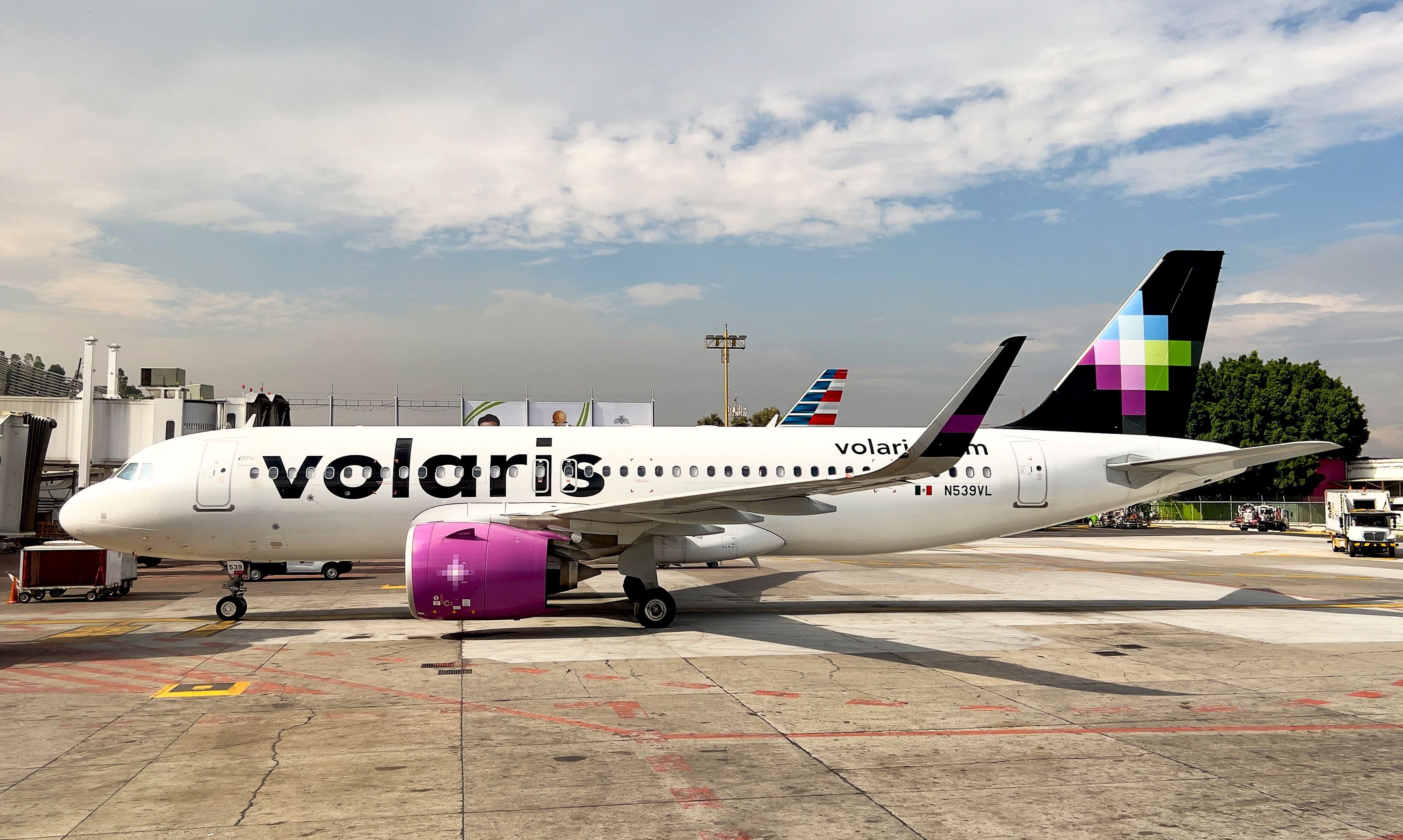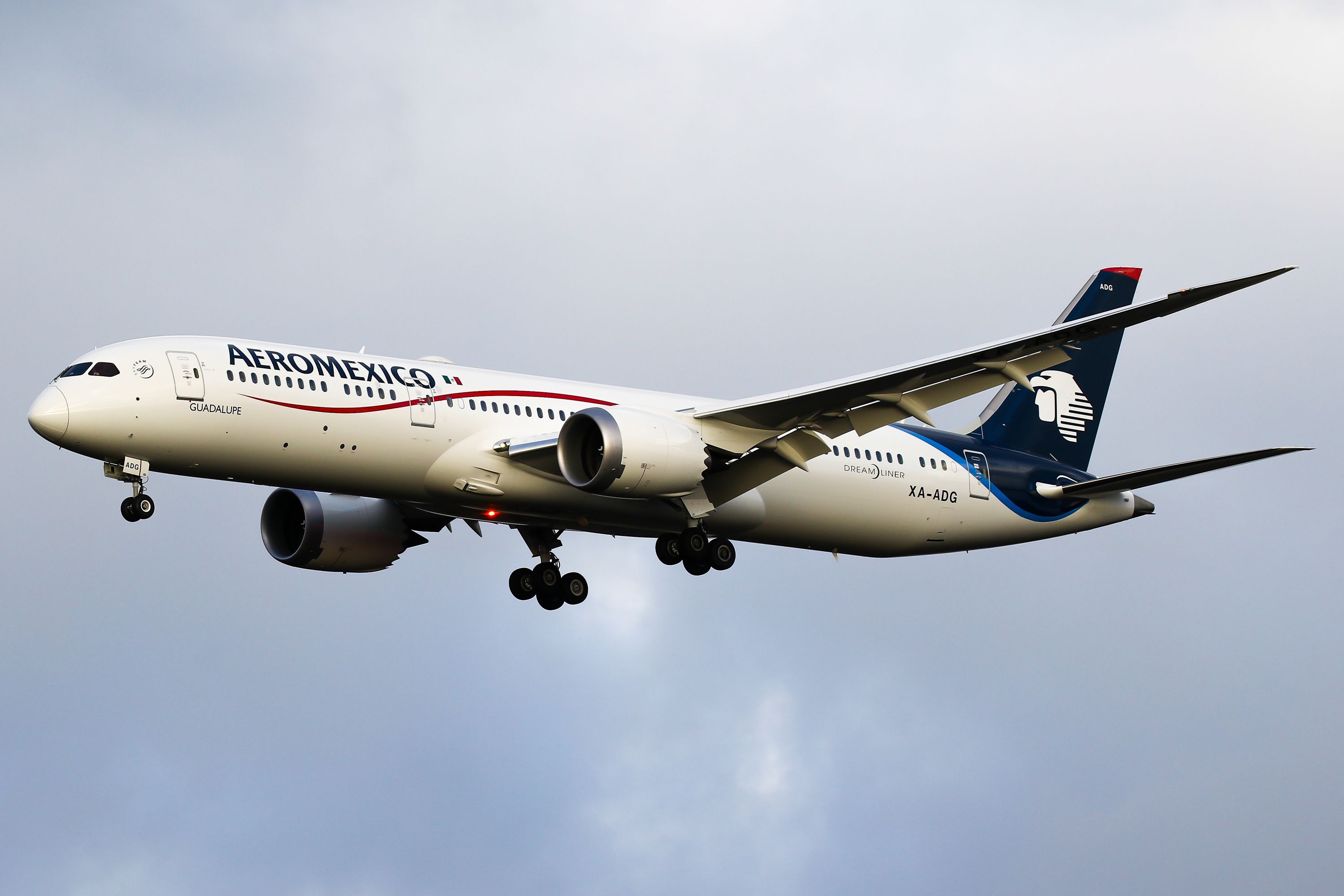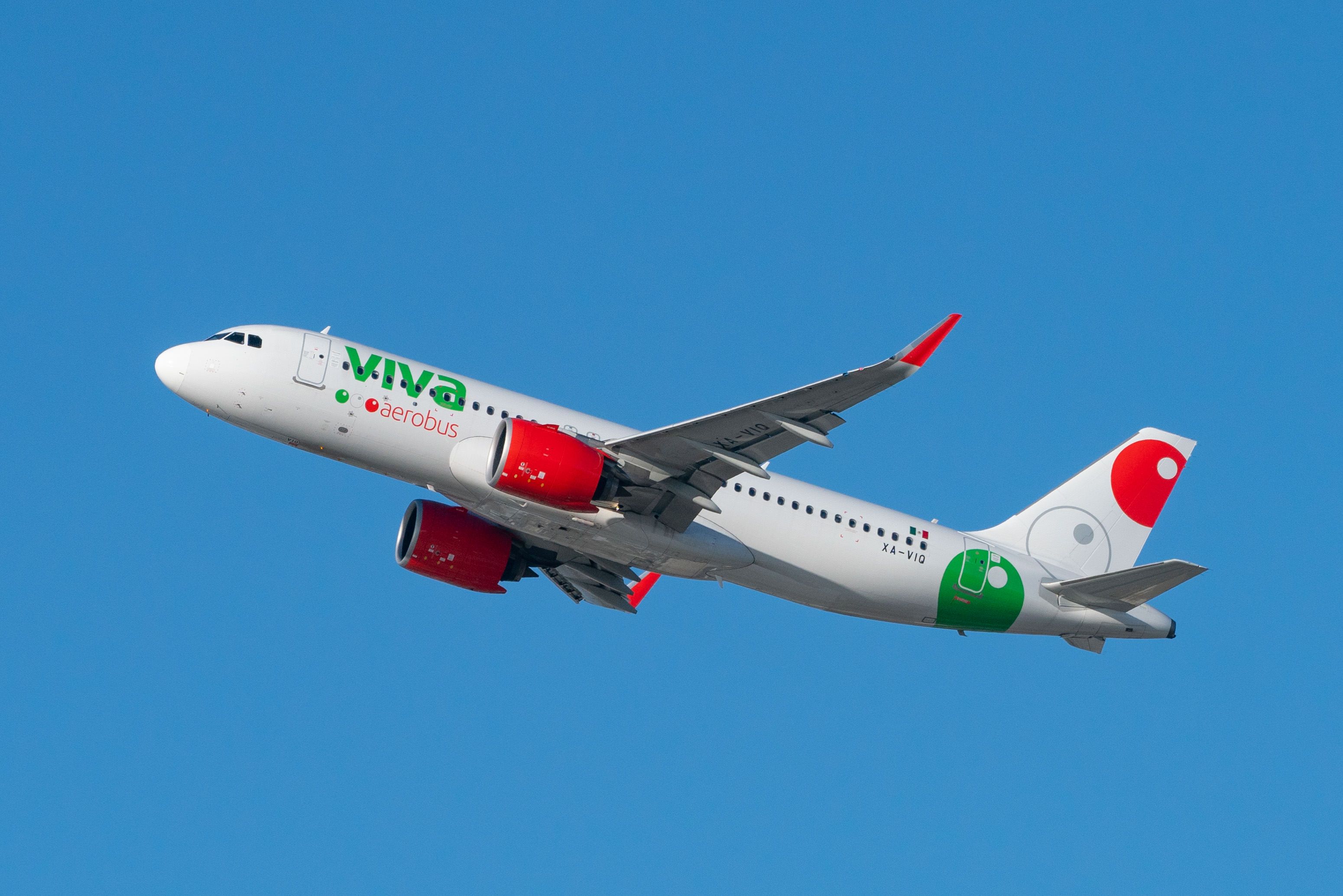Mexico’s civil aviation industry reached 87 million passengers in 2022, according to data released by the country’s Infrastructure, Communications, and Transportation Secretariat (SICT). Nonetheless, Mexico is also facing safety problems, an FAA Category 2 status, and vandalism, and the airline industry has been recently categorized as “in shambles.” But is it really the case? Let’s find out.
The bad news
Mexico’s civil aviation industry has been under the scope for the last few years. Since the current government canceled the construction of Mexico City’s new international airport and instead adapted a military base and turned it into the Felipe Ángeles International Airport (NLU), there has been a great deal of scrutiny of everything that takes place in this industry.
Additionally, the Federal Aviation Administration (FAA) downgraded Mexico’s safety rating to Category 2 status last year. This downgrade prevents Mexican airlines –such as Aeromexico, Volaris, and Viva Aerobus– from opening new routes to the United States.
This week, The Associated Press published an article saying Mexico’s domestic airline industry is in shambles. The US news agency added that safety problems and vandalism plague the industry. This is actually true… to some extent.
This week, passengers missed connections because immigration authorities had to use paper forms after some thieves cut the fiber optic cables leading into Mexico City International Airport (MEX). A few weeks ago, the SICT had to suspend medical, physical, and license renewal exams for pilots and other airline industry members until 2023 after the computer systems were hacked. Earlier this year, there were some incidents at MEX, including a near collision between two Volaris aircraft, which led to a safety bulletin released by IFALPA.
The good news
In the meantime, Mexico’s civil aviation industry has been thriving and recovering from the COVID-19 pandemic. Between January and October 2022, the country had 87 million passengers. That’s a 4% growth compared to 2019 levels, prior to the COVID-19 pandemic, led by a strong surge of domestic travel and international demand, particularly to the United States.
Domestically, the country had 46.4 million passengers in this period, led by Volaris, with 19.2 million travelers, and Viva Aerobus, with 14.04 million. The domestic segment has grown 5.2% compared to 2019.
Internationally, the country had 40.47 million travelers, led by American Airlines (six million passengers) and Aeromexico (5.17 million). That’s a 2.8% increase versus 2019 levels.
Moreover, Aeromexico, Volaris, and Viva Aerobus reported net profits in 2022’s third quarter after two back-to-back quarters with net losses fueled by higher fuel prices and economic uncertainty.
What’s next for Mexico?
So, is Mexico’s civil aviation really in shambles? Yes and no. Operationally, the country has had a strong performance in 2021 and 2022, showing the market's potential. Only a few aviation industries have fully recovered from the COVID-19 pandemic, and Mexico is one of them. That should be all the proof needed for the government to invest and back up the airline industry in the country.
Nonetheless, this does not seem to be happening. The Mexican government has been painfully slow in regaining Category 1 status. It is now believed the process could be dragged all the way to 2023’s second quarter, two years after the original degradation. The Felipe Ángeles Airport has not yet gained the passenger levels that the Mexican government promised, and Mexico City International Airport (MEX) urgently needs repairs. Finally, the possibility of Mexico launching a State (and Army)-backed airline and allowing domestic cabotage flights by international operators only add uncertainty to the future stability of the industry.
When do you expect Mexico will regain its Category 1 status? Let us know in the comments below.
Source: The Associated Press.



